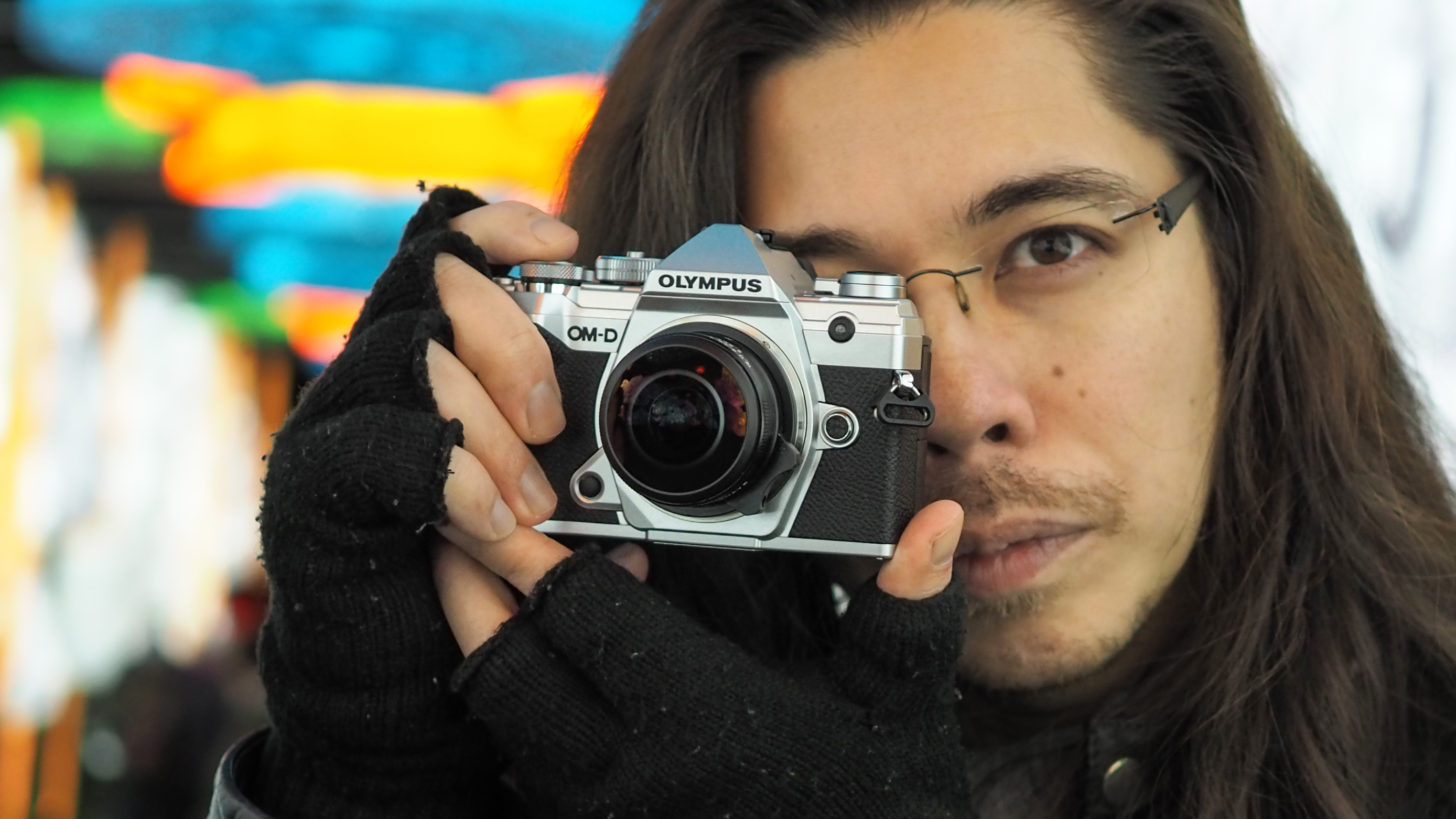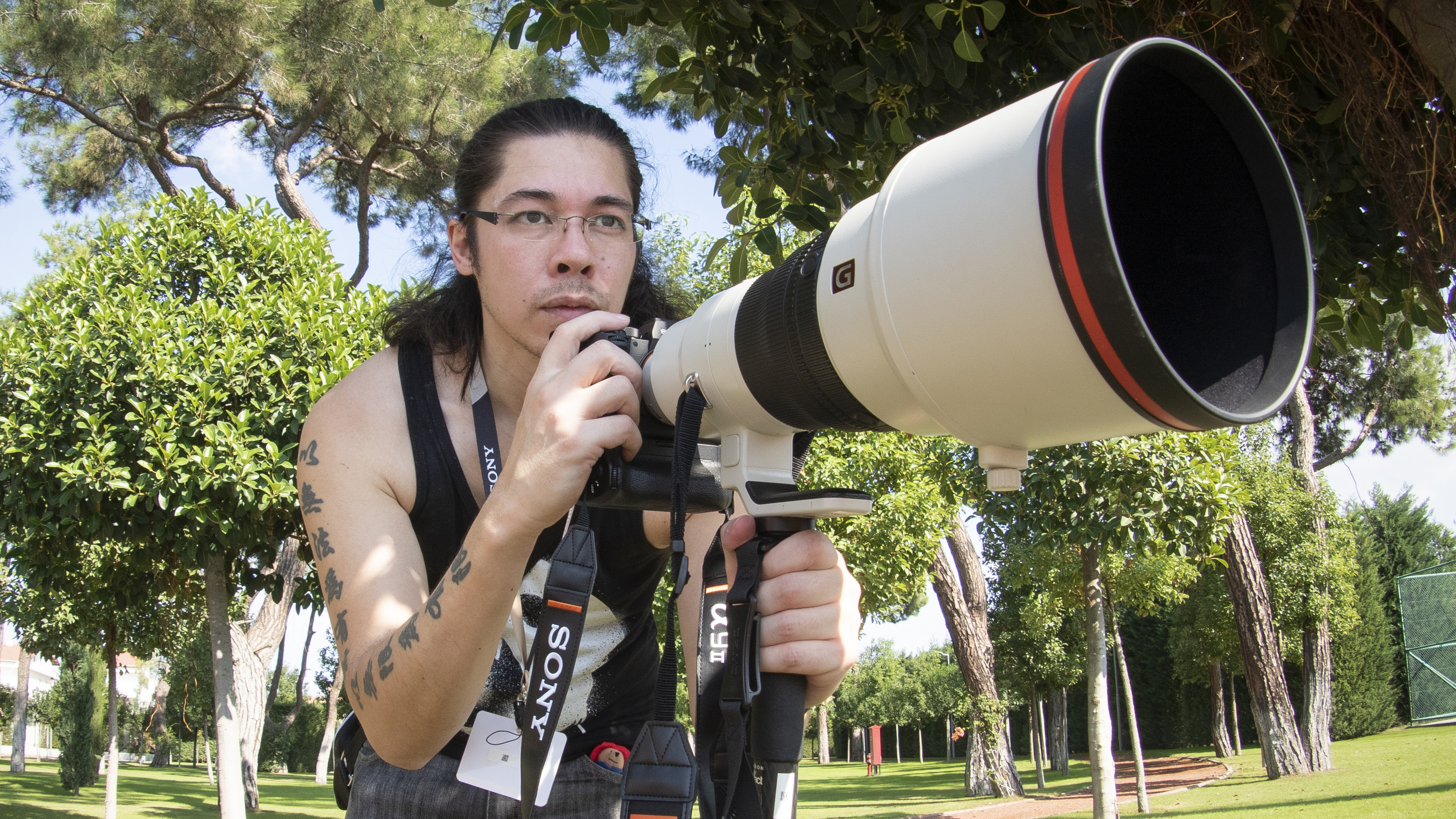What is focal length in photography?
What is focal length? It's the very first thing to consider when you want to take a photograph!
Watch the video: What is focal length?
Take two 50mm lenses: an f/1.8 and an f/1.2. Even though they both have the same 50mm focal length, they're not the same physical length – and neither of them is 50mm in length, either. So what exactly is focal length, then?
Well, the focal length of a given lens is an optical measurement, not a physical one. It describes the distance between the sensor (or film) inside your camera and the point at which the rays of light converge once they’ve entered the lens.
This focal length determines two things: the angle of view (which is how much of a scene will be recorded) as well as the magnification. This obviously makes a big difference depending on what you're shooting, such as trying top capture a sweeping vista or trying to isolate a single player on a football field.
So, focal length dramatically affects the perspective of your photographs. Try shooting a portrait with a 17mm lens, which distorts the model but captures all of the surrounding environment, and then with a 200mm lens, which magnifies the scene and makes even distant objects appear to be next to the subject, while narrowing the field of view.
Knowing and choosing your focal length is the first decision you need to make when you take a photograph. Focal lengths can broadly be broken down into five separate categories of lens:
What is focal length? Some common examples:
1) Ultra wide-angle and fisheye lenses (8-14mm)

Ultra-wide angle and fisheye lenses can have focal lengths as short as 8mm. As the name suggests, they possess an ultra-wide field of view, creating an almost panoramic effect, making them useful for extreme landscapes, events and creative photography. Their distortion makes them less than ideal for portraiture.
• Take a look at the best fisheye lenses
2) Wide-angle lenses (14-35mm)
Wide-angle lenses range from 14 to 35mm, and are the go-to optics for shooting landscape photography, as well as taking group shots, photojournalism and documentary work.
• Check out the best landscape lenses and the best lenses for street photography
3) Standard lenses (50-60mm)
Standard lenses provide a very natural field of view, similar to the perspective of the human eye. This makes the “nifty fifty” a great all-purpose tool for everyday photography, and even portraiture, as it restricts distortion and starts to produce subject separation.
• These are the best 50mm lenses
4) Telephoto and portrait lenses (85-200mm)
Telephoto and portrait lenses are what we call “long” lenses. They have more reach and greater magnification, meaning that you can stand further away from a subject and still fill the frame. This makes them ideal for nature and wildlife.
Portrait lenses can be anywhere from 85 to 135mm, and as we’ve seen they have the effect of compressing perspective – in crude terms, it makes noses shorter, making it flattering for people pictures. However, that compression makes them less than ideal for landscapes.
• Check out the best 85mm lenses
5) Super telephoto lenses (300mm +)

Once we get to 300mm and beyond, we’re firmly in super telephoto lens territory. This is the domain of wildlife and sports photography, as the telescopic reach can capture the action from ridiculous distances.
Focal lengths can make or break your images. So it’s worth going to great lengths to choose the right one!
Read our A-Z Dictionary of photography jargon, and find answers to other photographic questions such as what is a prime lens and what is exposure in photography.
The best camera deals, reviews, product advice, and unmissable photography news, direct to your inbox!

James has 25 years experience as a journalist, serving as the head of Digital Camera World for 7 of them. He started working in the photography industry in 2014, product testing and shooting ad campaigns for Olympus, as well as clients like Aston Martin Racing, Elinchrom and L'Oréal. An Olympus / OM System, Canon and Hasselblad shooter, he has a wealth of knowledge on cameras of all makes – and he loves instant cameras, too.
